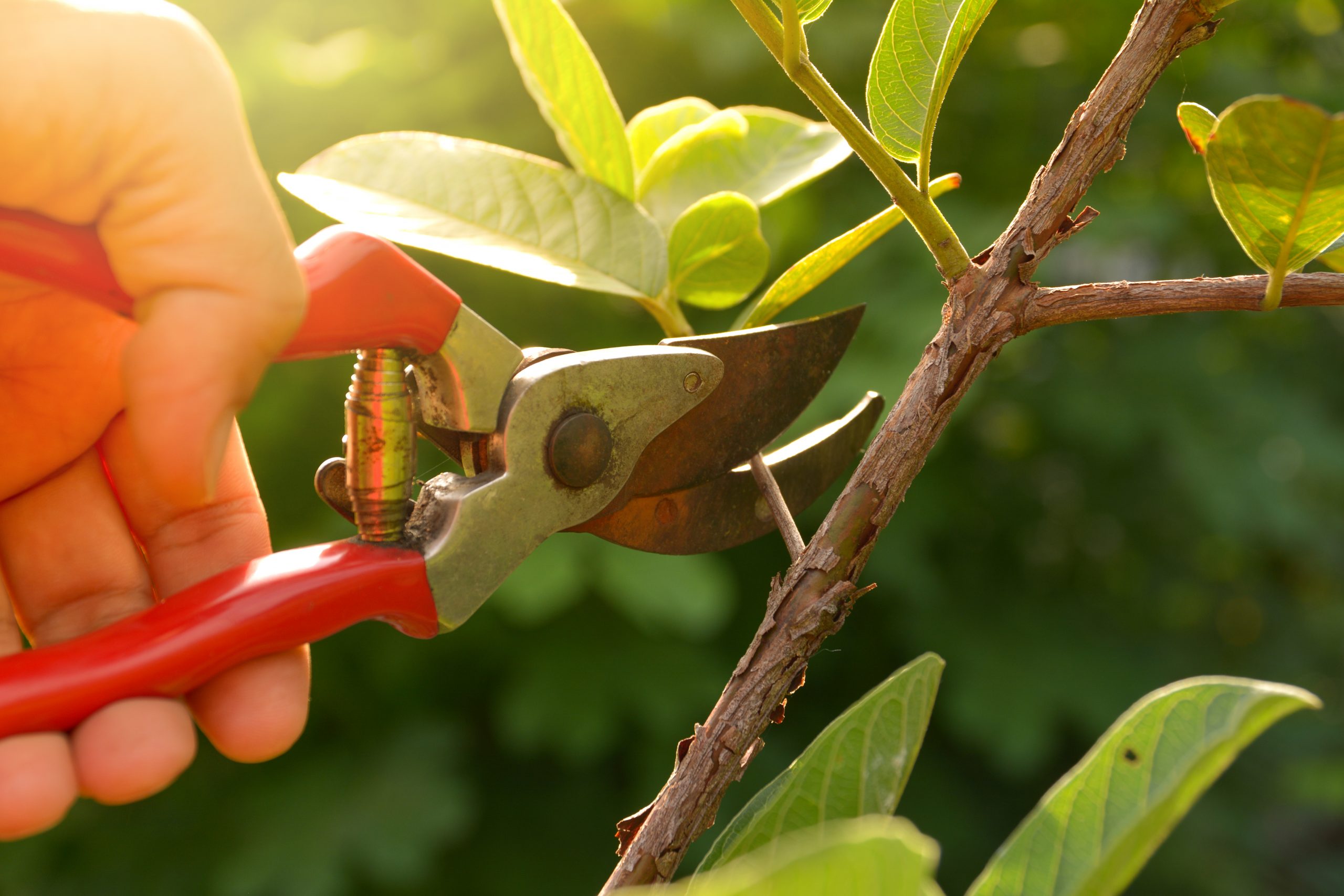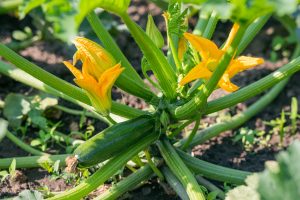Summer pruning
The purpose of pruning can vary depending on the type of plant and desired outcome, but it is generally done to promote healthier growth, improve the plant’s appearance, control its size, or enhance fruit or flower production.
Here are some common reasons for pruning plants
Shaping and aesthetics

Pruning can be done to shape the plant into a desired form or to maintain its natural shape. This is often done for ornamental plants, hedges, topiaries, or bonsai trees, where the goal is to create visually appealing structures.
Health and vigor

Pruning helps maintain plant health by removing dead, damaged, or diseased branches, which can prevent the spread of diseases and insect infestations. It also improves air circulation within the plant, reducing the risk of fungal infections and promoting overall vigor.
Size control

Many plants tend to grow beyond the desired size, becoming unruly or overshadowing other plants nearby. Pruning can help control the size and spread of the plant, keeping it more manageable and preventing it from encroaching on other areas.
Fruit and flower production

Pruning can stimulate the growth of new branches and encourage the development of more flowers or fruits. By removing older or non-productive branches, the plant’s energy is directed towards producing more blooms or yielding larger, healthier fruits.
- Simple Gardening Jobs for MarchWith the arrival of spring, an array of tasks beckon, promising both challenge and fulfillment. March brings forth a tapestry of responsibilities, from pruning dormant trees and shrubs to preparing the soil for the upcoming planting season. Tender seedlings yearn… Read more: Simple Gardening Jobs for March
- 12 beautiful summer flowering bulbs you can order today ready for spring plantingNow is a great time to start thinking about your your summer flowering bulbs. Many supplier (including Bulbs.co.uk) will dispatch by the end of February ready for spring planting. Ordering this early will also give you a greater choice of… Read more: 12 beautiful summer flowering bulbs you can order today ready for spring planting
- 6 tips on saving water during a hosepipe banDuring a hosepipe ban, it’s essential to conserve water as much as possible to help alleviate the strain on water supplies. Here are some tips on how to save water during a hosepipe ban: Remember, during a hosepipe ban, every… Read more: 6 tips on saving water during a hosepipe ban








1 comment